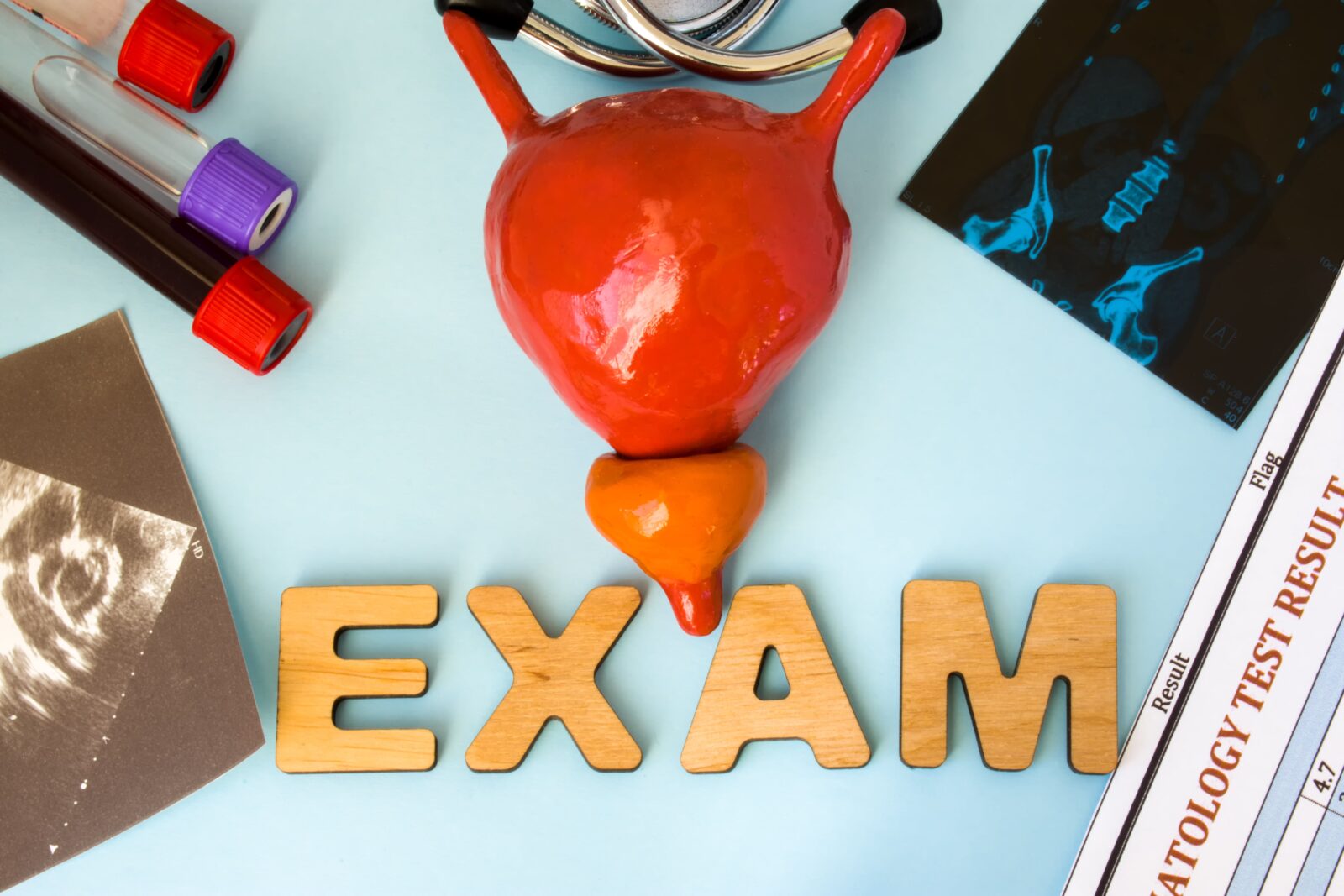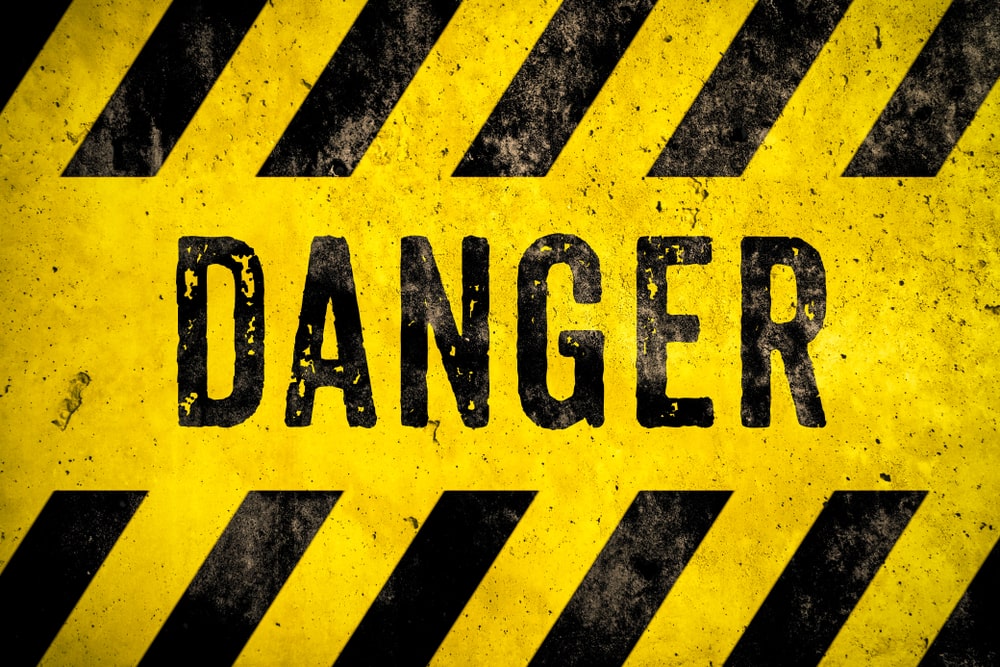September is Prostate Cancer Awareness Month, and we want to make sure that all men are aware of the importance of getting screened for prostate cancer. This type of cancer is the most common cancer in American men, and early detection is key to successful treatment. In this blog post, we will discuss what you can expect during a prostate cancer screening from start to finish. We hope that this information will help ease any anxiety you may have about the screening process!
Why Get Screened
First, it is important to understand the importance of regular prostate screenings. Prostate cancer is a slow-growing cancer, which means that it often does not cause any symptoms in the early stages. In fact, the majority of prostate cancer cases are diagnosed due to screenings. This is why regular screenings are so important – they can help catch the cancer before it has a chance to spread or cause symptoms. The American Cancer Society recommends that men aged 50 and over should talk to their doctor about whether or not to start getting screened for prostate cancer. The decision to be screened should be based on factors such as family history and personal preferences.
What You Can Expect at a Prostate Cancer Screening
If you do decide to get screened, the next step is to schedule an appointment with your doctor. During the appointment, your doctor will likely ask you about your medical history, risk factors, and whether you are experiencing any symptoms such as urinary or sexual problems.

They will then perform a physical exam. The most common type of screening is a digital rectal exam (DRE). During this exam, your doctor will insert a gloved, lubricated finger into your rectum in order to feel for any abnormalities in the prostate. This exam usually takes less than a minute to complete.
They may also order a blood test called a prostate-specific antigen (PSA) test. This test measures the levels of PSA in your blood, which can be an indicator of prostate cancer. Although this test is used primarily for men without symptoms, it can also be used for men who are experiencing symptoms. PSA levels alone cannot determine if a man has prostate cancer, but high PSA levels can suggest the need for further testing.
If your PSA level is borderline or high (between 4-10 or over 10), you may also have a prostate biopsy. This is a core needle biopsy where small samples of tissue are taken from the prostate and examined under a microscope for cancer cells. This is usually done if your doctor finds an abnormality during the DRE or if your PSA levels are higher than normal. A biopsy is usually performed in an outpatient setting and does not require any anesthesia.
After the screening, your doctor will discuss the results with you. If your screening is normal, you will likely be scheduled for another screening in one to two years. If an abnormality is found, you may need to have additional testing or treatment.
In Conclusion
In this blog post, we have discussed what you can expect during a prostate cancer screening. We hope that this information has helped to ease any anxiety you may have about the screening process! Remember, early detection is key to successful treatment, so be sure to talk to your doctor about when to start prostate screenings.





